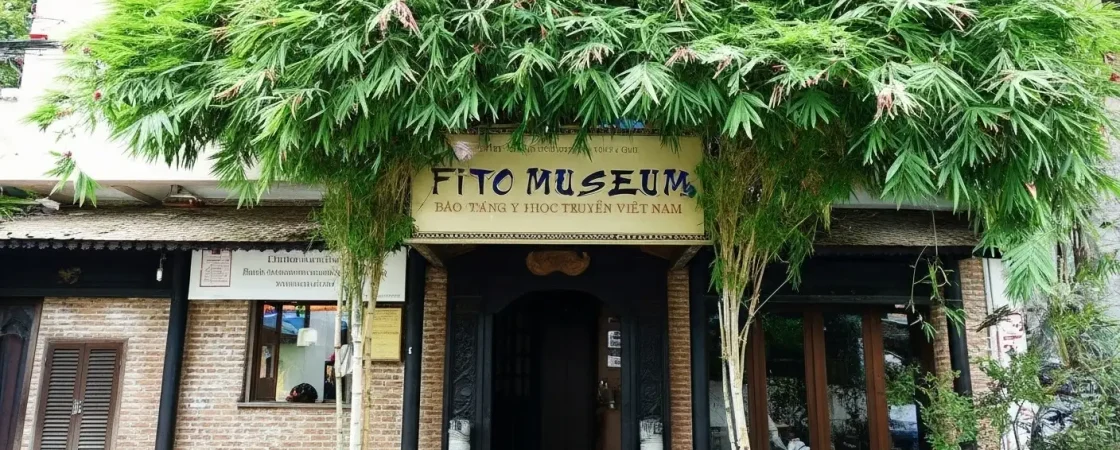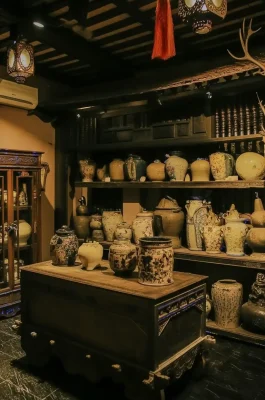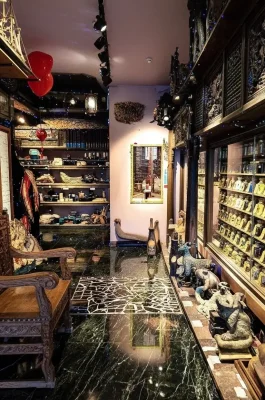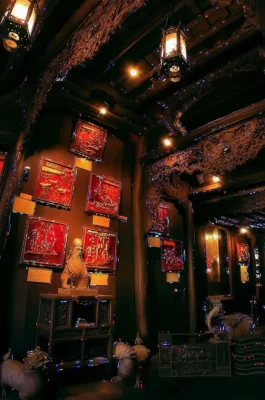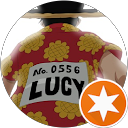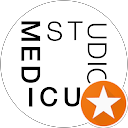An Architectural Ode to Ancient Wisdom
The FITO Museum is not just a repository of artifacts; it is a meticulously crafted work of art that serves as a monument to Vietnam’s medical heritage. The structure itself is a highlight, a six-story building predominantly constructed from wood, designed to evoke the majestic style of traditional Northern Vietnamese houses blended with the aesthetics of Hue and Champa culture.
Wood, Carvings, and Herb Scents: The moment you step inside, you are enveloped by the serene ambiance and the subtle, warm scent of wood and dried herbs. Every pillar, beam, and staircase railing is intricately hand-carved, a testament to traditional Vietnamese carpentry. This exquisite, antique atmosphere instantly transports you away from the hustle of Ho Chi Minh City, offering a peaceful space for reflection.
The Royal Pharmacy: The most visually stunning room is a recreation of the Thái Y Viện (Royal Medicinal Academy). This chamber, which once served the imperial family, is decorated with exquisite, gold-plated wooden carvings and refined furniture, giving visitors a glimpse into the opulence and high status of medicine in the royal court.
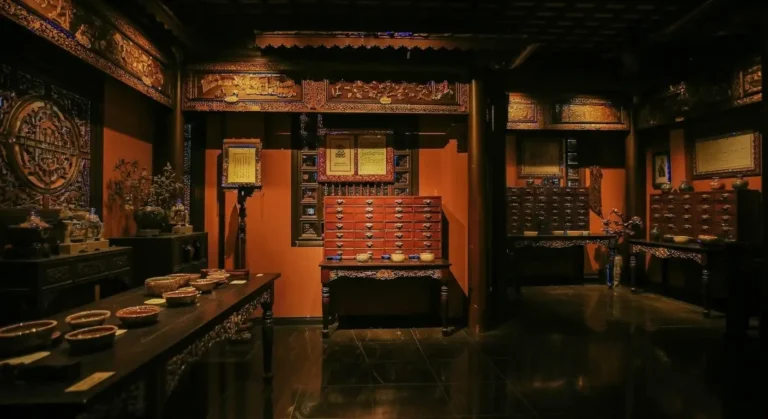
Journey Through a Millennia of Healing
The museum houses nearly 3,000 artifacts, offering a comprehensive, multi-layered story of traditional Vietnamese medicine from the Stone Age to the modern era.
Artifacts and Pioneers: The exhibits feature a vast collection of ancient medical tools, including specialized herb-cutting knives (Dao Cau), mortars, pestles, and stunning ceramic teapots and medicinal wine jars that display remarkable craftsmanship. A key focus is the homage paid to the founding fathers of Vietnamese Traditional Medicine, notably Tuệ Tĩnh (14th century) and Hải Thượng Lãn Ông (18th century), whose wisdom is revered throughout the country.
Experiential Touches: Unlike typical museums, FITO offers sensory experiences. You may have the opportunity to participate in activities such as sampling herbal teas or even trying your hand at grinding medicinal ingredients with the ancient tools. A visit often concludes with a short documentary film about the history and cultural significance of the practice, and a cup of restorative Linh Chi (Ganoderma) tea.
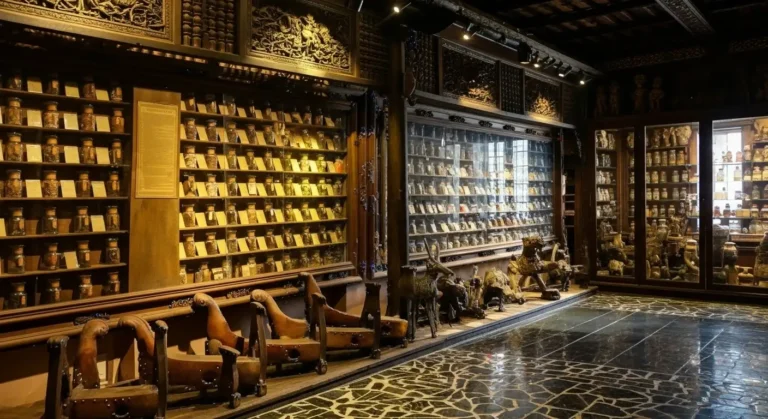
Practical Details for Visitors
Location: 41 Hoàng Dư Khương, Phường 12, Quận 10, Ho Chi Minh City. (A bit outside District 1, making it a true hidden gem for those willing to venture.)
Opening Hours: Daily, 8:30 AM to 5:00 PM.
Admission Fee: Approximately 180,000 VND for adults (around $7 USD).
Added Value: The museum typically includes a complimentary guided tour, and the ticket price is often considered excellent value for the unique cultural and architectural experience provided.
